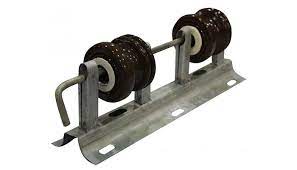A secondary rack is a component used to support insulators, conductors and other hardware. It is a part of the system designed to secure and maintain the proper alignment of the components in the electrical grid. It also works with secondar clevis to provide attachment points for insulators and conductors. Secondary rack is from materials that can withstand the environmental conditions in South America. These materials include steel, galvanized steel or other corrosion resistant materials. For instance, they work in the challenging terrain of the Andes to stabilize the transmission lines. Common examples include V-shaped secondary rack, straight-line, adjustable and heavy-duty secondary rack. They find use in various applications like power distribution, coastal regions, renewable energy, transmission lines and railway electrification.
Key features of secondary rack
Secondary racks consist of various features that help to provide the stability needed. These features make the racks important components in the design and maintenance of the transmission lines. The features help the racks to contribute to the reliability, safety and longevity of the installations. The following are the key features of secondary racks.
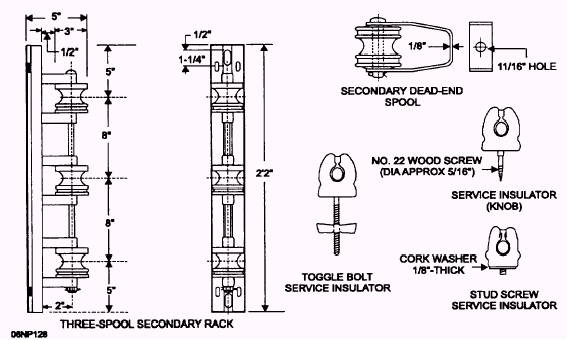
- Alignment – the racks help to ensure the correct alignment of insulator strings and conductors. This is mainly for the safe and efficient operation of the power system.
- Adjustability – this allows for fine-tuning of the alignment. This is to accommodate the variation sin the configurations.
- Material – secondary racks are from materials like steel and galvanized steel. This helps to resist environmental conditions.
- Ease of installation – the racks have features that ease the attachment of insulators and conductors. This helps to reduce labor and maintenance costs.
- Heavy duty options – the racks are available for applications expecting higher loads. This includes areas with much electrical power transmission.
- Environmental conditions – some of the racks have designs that withstand environmental conditions. These conditions include extreme temperatures, sandstorms and other specific challenges.
- Cost-effectiveness – the racks are available at various price points. This is to allow for cost effective solutions.
- Structural support – secondary racks provide structural support for insulators, conductors and other hardware. This helps to maintain proper alignment and prevent sagging or swaying.
- Load distribution – the racks distribute the mechanical loads applied to insulators and conductors. This helps to reduce the risk of damage caused by excessive stress.
Selection and installation of secondary rack
Proper selection of the secondary racks helps to ensure proper support, alignment and reliability. It includes considering various factors such as project requirements, load requirements, environmental conditions, material, adjustability, costs and manufacturer reputation. The installation process ensures the proper alignment and support of insulators and conductors. The following is a general installation process for the secondary racks.
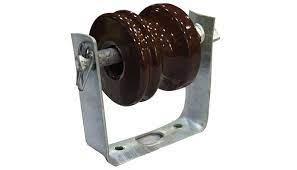
- Preparation – collect all the necessary tools required for the installation. This is including safety equipment, secondary racks, wrenches and mounting hardware.
- Location selection – identify the location where the secondary rack will install. Ensure the structure is clean and free from debris.
- Verification – confirm that the selected location aligns with the projects design and requirements.
- Secondary rack inspection – examine the rack for any visible defects, damage or deformation. Ensure it is in good condition and free from any issues.
- Mounting hardware preparation – prepare the necessary mounting hardware including bolts, nuts and washers.
- Attachment to the structure – fasten the secondary rack to the support structure. This is using the prepared mounting hardware.
- Tightening – use the suitable tools for tightening like wrenches or sockets to tighten the mounting hardware.
- Attachment of insulators and conductors – attach the insulators and conductors to the secondary rack’s designated attachment points.
- Alignment – ensure the insulators and conductors are properly aligned with the secondary rack.
- Inspections – perform final inspections to ensure the secondary rack, insulators and conductors are securely attached and aligned.
- Documentation – keep detailed records of the installation including location, date and specific details.
Maintenance and inspection of secondary rack
Regular maintenance and inspection of secondary racks helps to ensure the continued reliability and safety of overhead transmission lines. It also helps to ensure the efficiency of the electrical distribution system. The diverse environmental conditions in South America influence the frequency of maintenance and inspection. Additionally, it is advisable to perform professional inspection and maintenance once in a while. The following is a basic guide for the maintenance and inspection of secondary racks in South America.
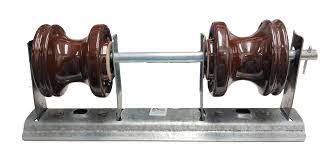
- Set up a schedule for periodic inspections of secondary racks. Consider environmental and usage conditions of the rack.
- Perform visual inspections of secondary racks to check for signs of signs of damage, corrosion or loose components.
- Apply anti corrosion coatings to secondary racks to protect against rust and degradation.
- Lubricate any moving parts to ensure smooth operation and resistance to corrosion.
- Check the fasteners to ensure they are properly tightened and re-tighten the loose ones to prevent structural issues.
- Verify that the insulators and conductors are properly attached and aligned. This is to prevent mechanical stress and other failures.
- Conduct ultrasonic testing to assess the integrity of the metal components.
- Perform load tests to ensure the secondary rack can support the expected loads safely.
- Verify the condition of the insulator and conductors attached to the secondary rack. Replace any damages components as needed.
- Maintain detailed records of the maintenance and inspection of the secondary racks. This is including any repairs or replacements made.
Comparative analysis of secondary racks in South America
The analysis includes evaluating various aspects of the structural components used in the lines. This helps to select the best secondary racks for specific projects in the region. It includes assessing the different types, designs, features, brands and manufacturers in the market. Additionally, it is advisable to seek guidance from professionals when choosing the secondary racks. The following are the factors included in the comparative analysis for secondary racks in South America.
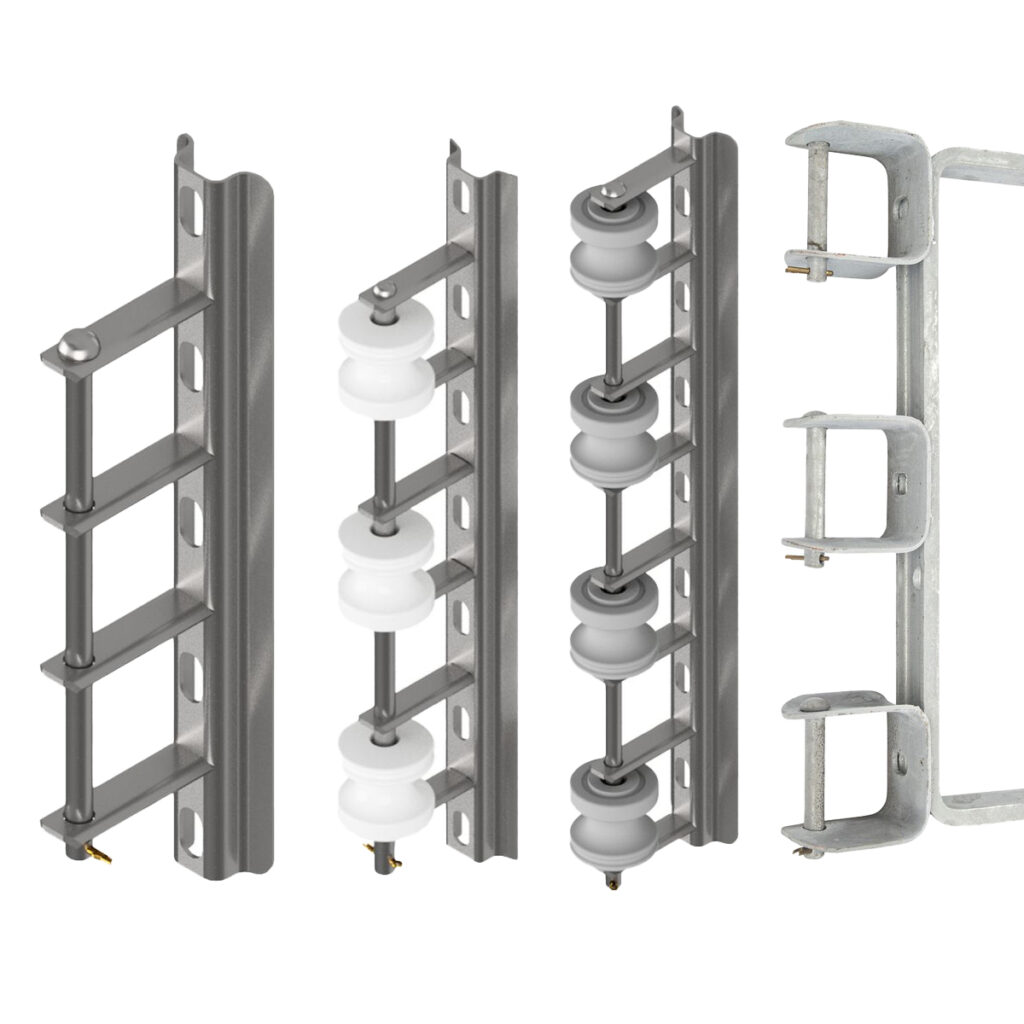
- Load capacity – compare the load-carrying capacity of different secondary rack models. Ensure they selected racks can support the expected loads.
- Materials – assess the materials used and select the racks that can resist corrosion. The material should also be resistant to other environmental conditions.
- Adjustability and swivelling capability – these features help to accommodate the variations in line configurations.
- Maintenance requirements – compare the maintenance needs of different secondary racks models. Select the ones that require minimal maintenance.
- Cost effectiveness – compare the prices of different secondary rack models. Balance the quality and long-term reliability.
- Environmental adaptability – consider the adaptability of secondary racks to various environmental conditions.
- Design – compare the different designs for secondary racks to determine the best for your specific needs.
- Manufacturer reputation – compare the reputation of different manufacturers. Consider their experience in the region and track record of production.
- Local support – consider the availability of local support and spare parts for the selected secondary racks.
Certifications and standards in South America
The standards and certifications help to ensure the quality, safety and compliance with various regulations. These standards vary depending on country since each south American country has their own set of standards. Also, it is advisable to verify the specific standards and certifications required by the local regulatory authorities. The following are the common certifications and standards in South America.
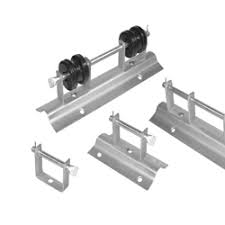
- ANSI standards – these are standards that specify the requirements for secondary racks.
- NBR standards – these are Brazilian standards used to regulate various electrical components.
- IRAM standards – these are standards in Argentina that offer certifications for the electrical equipment including secondary racks.
- IEC standards – these standards ensure the racks meet the international performance and safety requirements.
- Local regulations – each country has their own set of standards that apply to secondary racks.
- ISO certification – this ensures the manufacturers for secondary racks have implemented quality control measures to ensure reliability.
Regional market for secondary racks in South America
There are carious factors that shape the regional market for secondary racks in South America. These dynamics of the secondary rack market vary from one country to another. This is depending on local conditions and infrastructure priorities. There are also other market trends that influence the regional market for secondary racks. The following are the factors that influence the market for secondary racks.
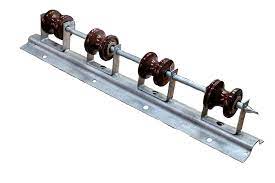
- Technological innovations – this includes advancements in design and material. This helps to improve performance and durability.
- Economic factors – economic factors influence the pace of infrastructure development and electrification projects. This impacts the demand and availability of secondary racks.
- Local manufacturing – the availability of local markets and manufacturers can provide cost effective solutions.
- Competition – availability of different manufacturers and suppliers leads to healthy competition for various products.
- Environmental conditions – environmental concerns can affect the choice of transmission line routes and components like secondary racks.
- Aging infrastructure – South America has aging power infrastructure that needs upgrades and maintenance. Secondary racks help to improve the reliability and safety of the electrical grid.
Frequently asked questions
A secondary rack is a structural component used to support and align insulators and conductors in overhead lines. Its role is to ensure the safe and reliable distribution of electricity.
Proper installation, routine maintenance and adherence to industry standards helps to ensure the safe and reliable operations of secondary racks.

